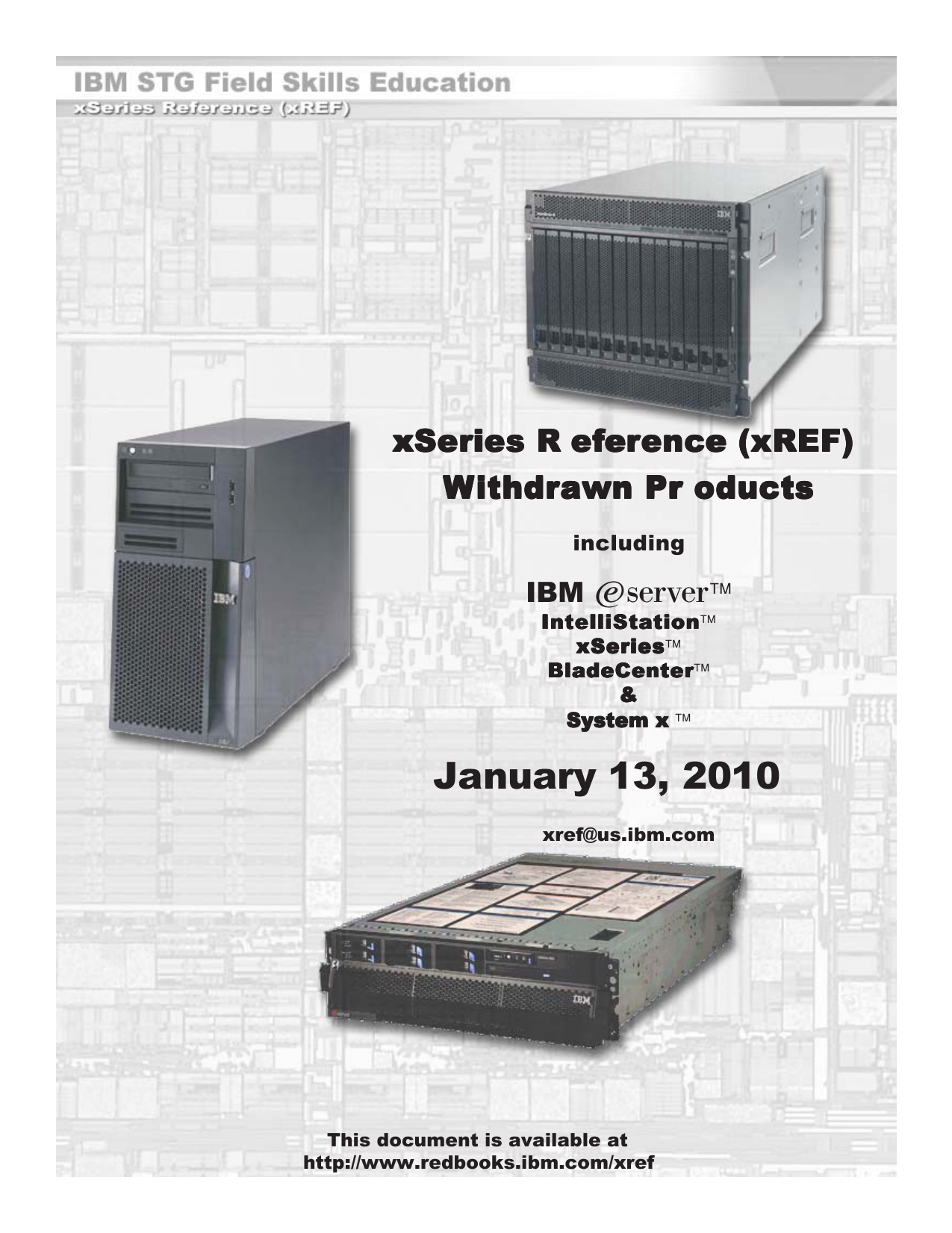

The 62-pin expansion bus slots were also designed to be similar to the Datamaster slots, and its keyboard design and layout would become the Model F keyboard shipped with the PC, but otherwise the PC design differed in many ways. The 8088 had the advantage that IBM already had familiarity with it from designing the IBM System/23 Datamaster. IBM chose the 8088 over the similar but superior 8086 because Intel offered a better price for the former and could provide more units, and the 8088's 8-bit bus reduced the cost of the rest of the computer. The IBM 801 RISC processor was also considered, since it was considerably more powerful than the other options, but rejected due to the design constraint to use off-the-shelf parts. The 68000 was considered the best choice, but was not production-ready like the others. Several CPUs were considered, including the Texas Instruments TMS9900, Motorola 68000 and Intel 8088. The design process was kept under a policy of strict secrecy, with none of the other IBM divisions knowing what was going on. The team received permission to expand to 150 people by the end of 1980, and one day more than 500 IBM employees called in asking to join. This swayed the Corporate Management Committee, which converted the group into a business unit named "Project Chess", and provided the necessary funding and authority to do whatever was needed to develop the computer in the given timeframe. It also estimated sales of 220,000 computers over three years, more than IBM's entire installed base.
The prototype worked poorly but was presented with a detailed business plan which proposed that the new computer have an open architecture, use non-proprietary components and software, and be sold through retail stores, all contrary to IBM practice. The idea of acquiring Atari was considered but rejected in favor of a proposal by Lowe that by forming an independent internal working group and abandoning all traditional IBM methods, a design could be delivered within a year and a prototype within 30 days. Ītari proposed to IBM in 1980 that it act as original equipment manufacturer for an IBM microcomputer, a potential solution to IBM's known inability to move quickly to meet a rapidly changing market. Market research found that computer dealers were very interested in selling an IBM product, but they insisted the company use a design based on standard parts, not IBM-designed ones so that stores could perform their own repairs rather than requiring customers to send machines back to IBM for service. Lowe to the new Entry Level Systems unit in Boca Raton, Florida. In 1980, IBM president John Opel, recognizing the value of entering this growing market, assigned William C. Their entry into the home computer market needed to be competitively priced. IBM had previously produced microcomputers, such as 1975's IBM 5100, but targeted them towards businesses the 5100 had a price tag as high as $20,000. As with other large computer companies, its new products typically required about four to five years for development, and a well publicized quote from an industry analyst was, "IBM bringing out a personal computer would be like teaching an elephant to tap dance." The public responded to these rumors with skepticism, owing to IBM's tendency towards slow-moving, bureaucratic business practices tailored towards the production of large, sophisticated and expensive business systems. Īs early as 1980 there were rumors of IBM developing a personal computer, possibly a miniaturized version of the IBM System/370, and Matsushita acknowledged publicly that it had discussed with IBM the possibility of manufacturing a personal computer in partnership, although this project was abandoned. Other large technology companies had entered it, such as Hewlett-Packard, Texas Instruments and Data General, and some large IBM customers were buying Apples. The microcomputer market was large enough for IBM's attention, with $15 billion in sales by 1979 and projected annual growth of more than 40% during the early 1980s. The market for personal computers was dominated at the time by Tandy, Commodore and Apple, whose machines sold for several hundred dollars each and had become very popular. As the 1980s opened, their market share in the growing minicomputer market failed to keep up with competitors, while other manufacturers were beginning to see impressive profits in the microcomputer space.

Prior to the 1980s, IBM had largely been known as a provider of business computer systems.


 0 kommentar(er)
0 kommentar(er)
